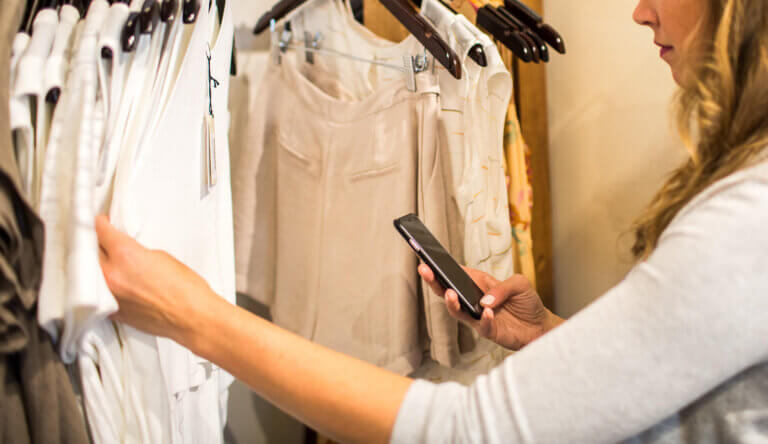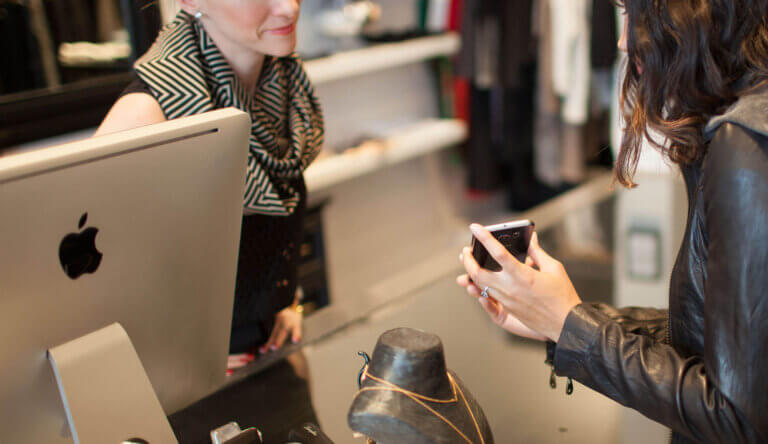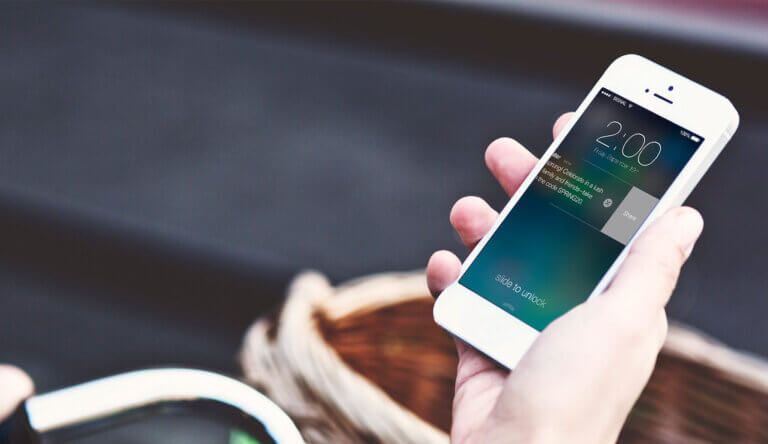
5 Strategies to Enhance Your Holiday Campaign Efforts
As the mobile experience becomes further tied to both in-store and online shopping, retailers are honing their mobile strategies in preparation for Holiday 2016. Our unique insight into how mobile impacted Holiday 2015 sales can help strengthen 2016 initiatives.
Yesterday, our own Digital Strategist Steph Capretto and Senior Director of Product Marketing Bill Schneider hosted a webinar exploring strategies and use cases brands can use to prepare and enhance holiday campaigns. We’ve gathered some of our top takeaways from their discussion.
1) Optimize the Opt-In & Nurture New App Users with Automated Messaging
There is always a learning curve for users who have just downloaded your app. Share the benefits of opting in to receive push notifications before presenting the standard OS dialogue. For example, let them know that push notifications will let them know exactly when their order will arrive — or that they’ll receive exclusive, limited-time discounts, deals and offers through push notifications.
Setting up automated messaging helps acquaint new users with your app and learn about specific features.
With a 21% increase in daily retail app downloads in November compared to October 2015, this can be particularly important around the holidays, when users tend to download more apps in preparation for seasonal savings.
To make sure your app is part of the upswing, brands should share information on what users might be most interested in during this time frame. Automated messaging can also be used to re-target dormant users who may not have opened the app recently in the hopes of re-energizing them to use the app for the holidays.
2) Find Highly-Engaged Users & Lookalike Audiences
You app users are likely your most engaged and loyal audience, your model customers. So why not try and broaden that audience in the season of highest engagement? Urban Airship Insight allows brands to identify the people who matter by selecting desired characteristics (such as people who like your page on Facebook, conversion pixels or any of your existing Custom Audiences) and create lookalike audiences who may be most receptive to specific messaging efforts.
For holiday planning, this could be useful to target those who purchased specific items, such as women’s apparel, via your app last holiday season.
3) Promote Early & Often Leading up to Key Events
With everyone in on the holiday action, brands should message app users well ahead of retail-centrics days like Black Friday and Cyber Monday, and quite frequently. Push notification volume increased 63% compared to last November, building on 2014’s significant 34% increase over 2013. One-third of all app opens during the holidays came from push notifications. This means that retailers are starting conversations, and consumers are responsive.
While seasonal messaging often starts up in early November, engagement rates for the holiday season were highest the Sunday before Thanksgiving/Black Friday as well as the Sunday prior to Cyber Monday. This means that retailers are likely paying particular attention to planning campaign-specific messaging a few days in advance of key events, while sending more general holiday promotions throughout the November and December timeframe.
While we believe brands should promote early and often, it’s always important to consider the end-user experience. Be mindful to not over message or spam users, and be thoughtful as to when you send your communications (a great way to not disturb users is by using your app’s message center!).
4) Use Mobile Wallet to Simplify In-Store Shopping
Mobile wallet can be a great in-store companion for shoppers during the holidays. Customers can save dollars and time when using mobile wallet when shopping; they don’t have to remember their printed coupons, or search through their bag for the different savings codes. Brands can expire passes when a sale has ended or even easily update the same pass to reflect a new or upcoming offer.
Many mobile marketers don’t realize just how easy it is to offer coupons through mobile wallet. But with Urban Airship’s Reach (try it for free today) you can set up a mobile ad campaign and have viewers download your coupon offer directly onto their smartphones in a snap.
For example, Macy’s used a mobile wallet pass for its Thanksgiving 2015 retail efforts. One of our digital strategists downloaded this mobile “WOW” pass to her device and received updates via the pass. REI uses mobile wallet passes to dynamically update content and continually share new offers/sales beyond the holidays.
5) Best Practices to Enhance Your Mobile Messaging
Lastly, we’ve examined and deconstructed push notifications from many brands and found a few commonalities:
- Include a call-to-action: Be clear about what you’d like the user to do. Words like “Swipe left” and “Check the app” or visual cues like an arrow help users understand how to learn more.
-
Emojis go mainstream: Emojis aren’t just for messaging your friends anymore — brands are now using them in their notifications to add visual interest and make them stand out above others.
-
Share offer codes within the body of your push notification: That way it’s clear and apparent there’s a deal and dollars to be saved for the user. However, make sure your offer code is persistent somewhere elsewhere in your app (like the Message Center), so users can check back once the notification is dismissed.
-
Test your Messaging and Offers: With A/B/n testing now available for all our paid users, you can test up to 26 variants to make decisions with confidence.
Want to learn more of what we covered in our webinar? Take a look through the deck (below) and we’d love to answer any follow up questions. Contact us.
Subscribe for updates
If the form doesn't render correctly, kindly disable the ad blocker on your browser and refresh the page.
Related Posts


6 Reasons Retailers Need Mobile Wallet
